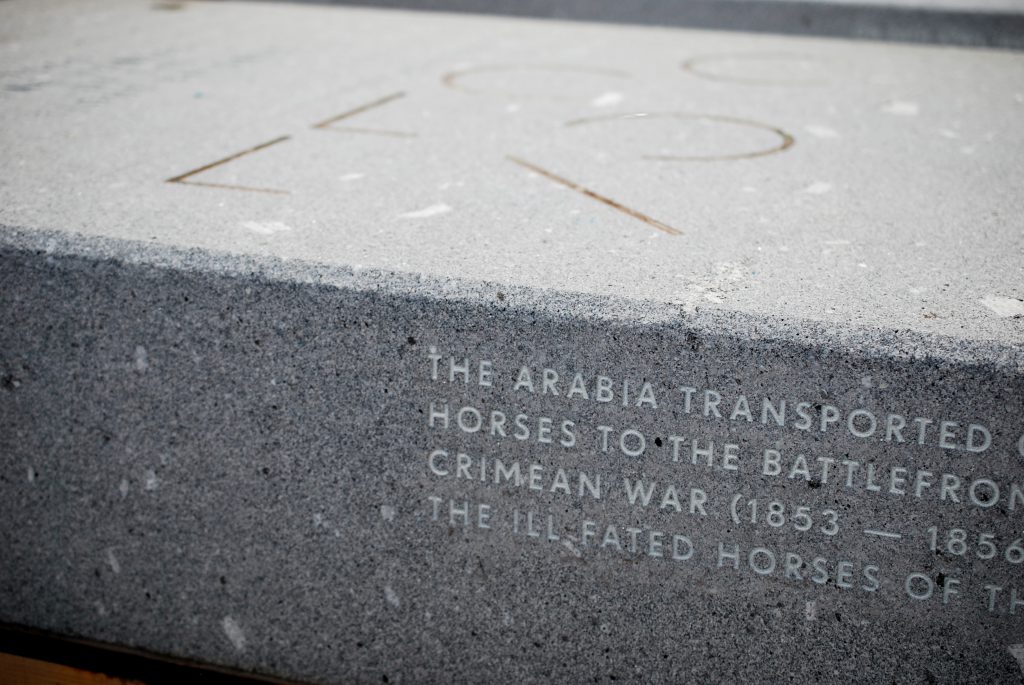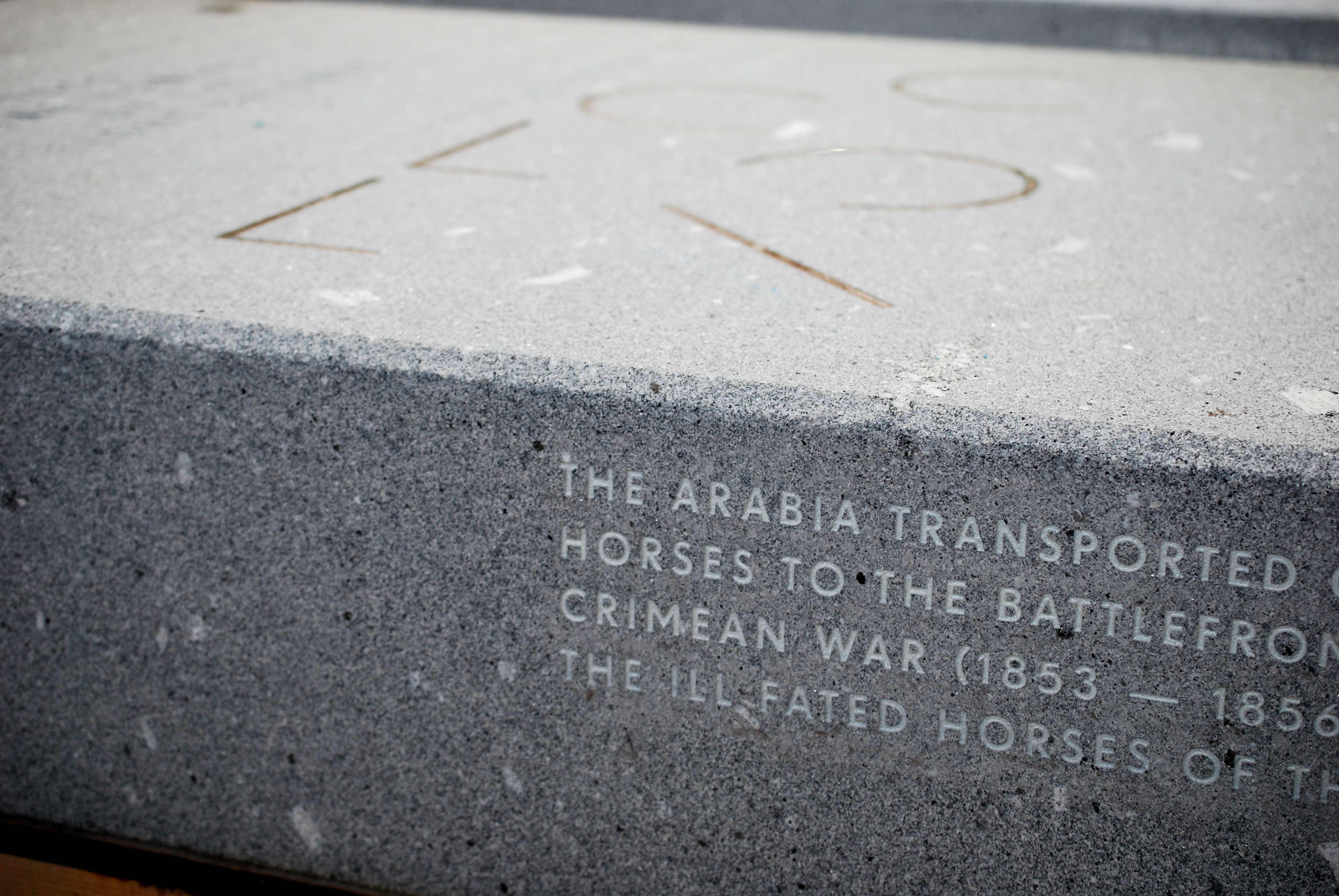Matthew Haslam, Managing Director, Hardscape, breaks down some of the key considerations for specifying the best materials for designs that will stand the test of time.

Public realm schemes and those that receive a high volume of pedestrian traffic will need a highly durable material. Easiness to work with, intricacy of the design and the desired finish are also factors to consider.
Granite is great example of a hardwearing, versatile material, suitable for a variety of projects to provide a sharp looking design and reality when laid. It contains a blend of minerals that contribute to its unique colour ?? from pure white to deepest black. Since it has such a long lifespan, granite is a great choice from a sustainability point-of-view, as it can be recycled or repurposed. Creating a subtle chamfered edge by cutting off the sharp corners can prevent pieces getting chipped on site – this technique was used to recently produce a 50-metre granite stone seat art installation, featuring bronze illustrations and typography depicting the history of the Cunard Building in Liverpool.
Also known for its remarkable durability, Sandstone contains distinctive coloured bands, including red, brown, white and black – meaning that no slab ever looks the same so designs are always unique. It has been proven to withstand extreme freeze/thaw cycles and does not react to acid rain that can chemically degrade other stone. Sandstone takes on character as it ages, darkening richly over time, rather than bleaching out.
Colour is a great addition to a project. Porphyry, Greek for purple, is a rock consisting of beautiful large-grained crystals, known for its rich purplish-red or greenish-brown colour tones, formed during volcanic actions. Porphyry is the panacea of paving choice due to its resistance to heavy loadings. Because of the compression process when formed, it absorbs almost no water at all. This trait makes it useful for wet areas, such as a those containing fountains, plus is naturally slip-resistant.
Using recycled glass with RAL coloured epoxy can also be used to create characteristic. For example, Liverpool??s Eberle Street has used a dramatic intricate paving and lighting scheme pattern to honour the mythical Emerald City from the Wizard of Oz. Also prefabricated using Hardscape??s Artscape process.
Various finishes can be applied to give materials an alternative texture and contribute to the overall project feel. These include exposing the grain of a stone for an aged look, polishing to create a smooth, non-reflective finish, similar to an eggshell, or creating a soft organic line, instead of a dead-straight edge. Shadow can be added through a fine detailing process called etching to create a finish that looks like two different colours, this process can also be used to sandblast letters as small as 2-3mm wide.
www.hardscape.co.uk | Image courtesy of BCA Landscape.



